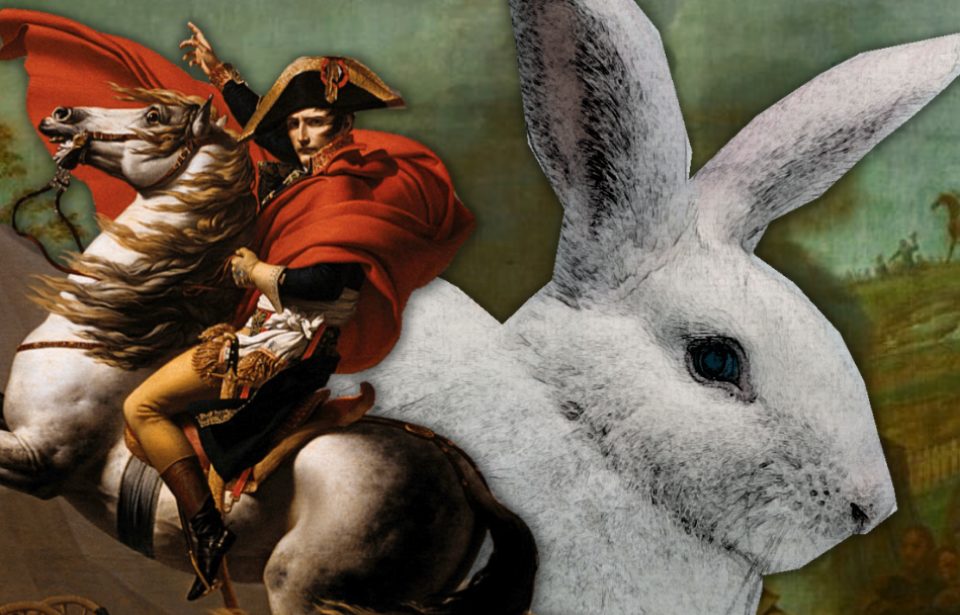From a corpse being put on trial to a “latrine disaster,” below are some of the most bizarre historical events that actually happened.
Napoleon was attacked by rabbits
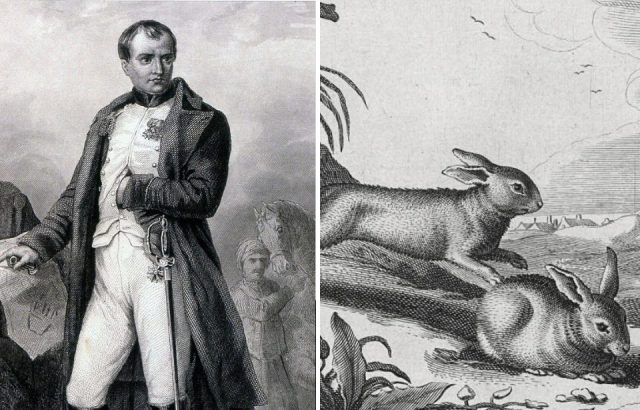
We all know about Napoleon’s famous defeat at Waterloo, but what about that time when he was charged by a horde of rabbits?
As you can imagine, there are a few conflicting versions of this story (if you were Napoleon, would you really want people to write anything about this event?) It’s generally agreed that in July 1807, Napoleon wanted to celebrate signing the Treaties of Tilsit. So he asked his chief of staff to organize a rabbit hunt.
A luncheon was held and somewhere between several hundred to 3,000 rabbits (depending on the version) were in cages around the edge of a field. But when the animals were released, rather than fleeing in fright as they were expected to do, they stormed the hunting party and headed straight for Napoleon himself.
They swarmed up the French general’s clothes and surged around his coach when he made a run for it. Some rabbits even jumped inside the coach with him.
This bizarre event occurred because of one rather crucial miscalculation. Rather than securing wild rabbits, the chief of staff had bought tame ones who weren’t afraid of humans. In fact, to their rabbit eyes, Napoleon looked very much like the person that fed them each day, which was why they headed straight for him.
London’s beer flood of 1814

Spilling a pint of beer can be annoying, but when a vat is knocked over in a brewery, the effects can be disastrous.
It all started at Henry Meux & Co’s Horse Shoe Brewery in London. Established in 1764, the Horse Shoe Brewery became a major producer of porter beer, but in the 1800s, the brewery became famous for something else entirely.
On October 17, 1814, one of the 22-foot-tall wooden vats burst. That was bad all by itself, but what made it worse was that the escaping liquid dislodged the valve of another vat and also destroyed several barrels. As a result, between 128,000-323,000 imperial gallons (154,000-388,000 US gallons) of beer gushed into the brewery.
The pressure of so much liquid broke down the back wall of the building, and the beer swept through the slum dwellings behind. The liquid surged through the wall with such force that bricks were thrown onto neighboring rooftops.
Eight people were killed, five of them being mourners at a wake. One fatality resulted from the brewery wall collapsing on 14-year-old Eleanor Cooper, who was washing pots in a backyard.
Reports suggest that many other people died from alcohol poisoning a few days later after hundreds of people turned up to drink the escaped beer.
The Great Molasses Flood
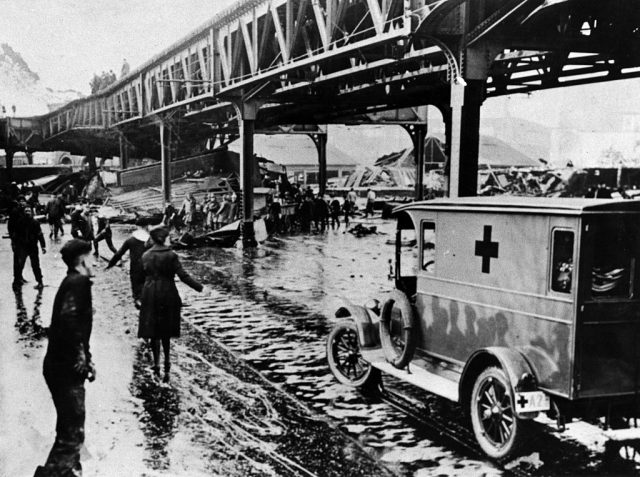
Another unusual flood occurred on January 15, 1919, this time in Boston, Massachusetts.
Molasses is a viscous substance made from refined sugarcane or sugar beets. It can be fermented to produce ethanol which is then used for alcoholic beverages, among other things.
The Purity Distilling Company had a facility near the harborside in Commercial Street, Massachusetts. A storage tank that was 50 feet (15 meters) tall and 90 feet (27 meters) in diameter burst open, and 2.3 million US gallons of molasses escaped.
While a flood of treacle might seem like it would cause few problems beyond making everything a bit sticky, the flood actually resulted in 21 human deaths, the deaths of several horses, and 150 injuries.
The wave of molasses was 25 feet (eight meters) high and moved at 35 mph (56 km/h). There was sufficient force in the escaped substance that steel panels from the burst tank were carried along in the wave.
The Erfurt latrine disaster
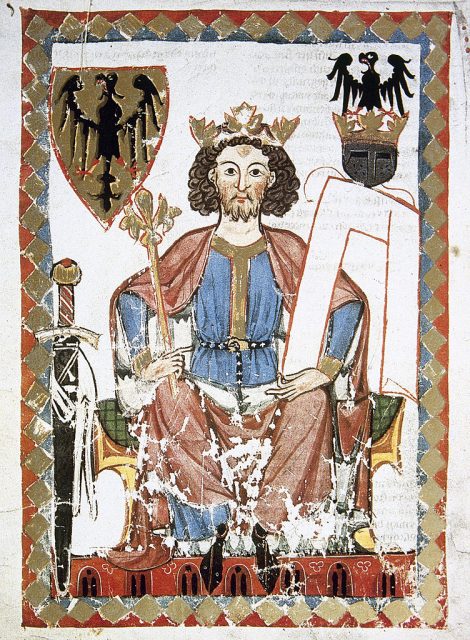
There is one disaster in history that resulted in some German nobles perishing in a most ignoble way.
In 1184, King Henry VI of Germany was traveling through the Erfurt region during a military campaign when he stopped to intervene in a feud between Louis III of Thuringia and Archbishop Conrad of Mainz.
Many nobles from across the Holy Roman Empire were invited to a meeting that was to take place in the Petersberg Citadel in Erfurt. Many of them attended the court held on July 25, 1184 ”“ so many, in fact, that the second story of the building collapsed. The wood broke under the weight of so many bodies, and people fell through the first floor into the cellar, which was used as a latrine.
Around 60 people drowned in the excrement that day. King Henry was said to have been saved by the fact that he was sitting in an alcove with a stone floor.
The Cadaver Synod
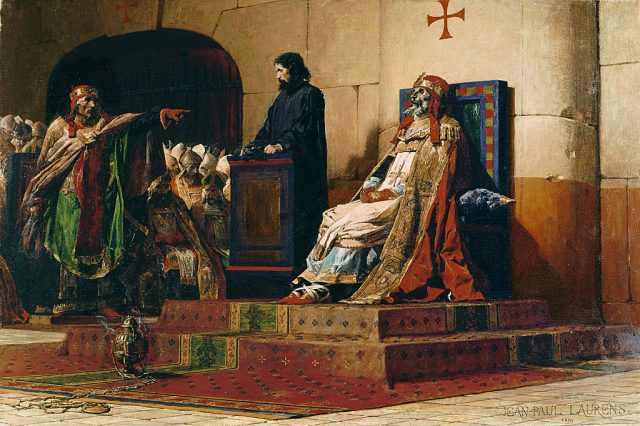
In January AD 897, Pope Stephen VI had Pope Formosus exhumed and put on trial. Among the charges was that Formosus had committed perjury.
The former pope’s body was exhumed and put on a throne in the courtroom. A deacon was appointed who could answer questions on behalf of the deceased.
When found guilty, the corpse was stripped of its papal vestments, and the fingers that Formosus had used in life to confer blessings were cut off. After that, the body was reburied, only to be dug up a second time and cast into the Tiber River with weights attached to it.
Public opinion turned against Pope Stephen after this, especially when Formosus’s body washed up on the banks of the Tiber and started having miracles attributed to it. The Cadaver Synod was annulled in December of the same year by Pope Theodore II. Formosus’s body was recovered and reburied in new vestments in Saint Peter’s Basilica.
Pope Pius II once wrote an erotic book
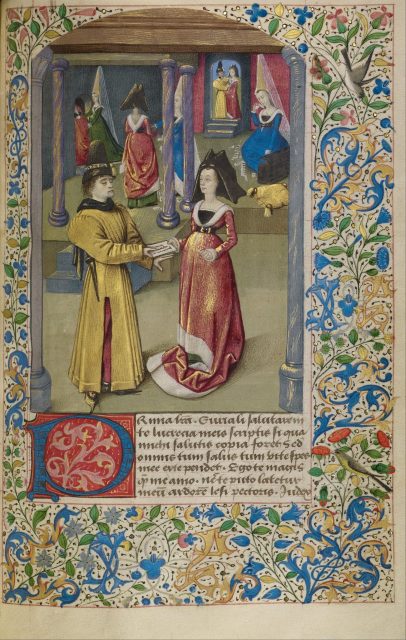
Before he was elected pope, Pius II was known as Aeneas Sylvius Piccolomini. After completing his studies as a young man, he traveled somewhat, and ended up as an imperial poet in the court of the Holy Roman Emperor Frederick III.
It was here that he wrote The Tale of Two Lovers, one of the earliest examples of a novel written in the epistolary style (where the story is told through a series of documents, usually letters).
The story centers around a married woman named Lucretia who falls in love with Euryalus, and the love letters they write one another make up the main part of the book. There were also several saucy woodcut illustrations.
Some sources suggest that Aeneas tried to repress further publication of his book when he became pope, but this wasn’t possible because it had become quite a bestseller by this time.
Caligula made his horse a senator
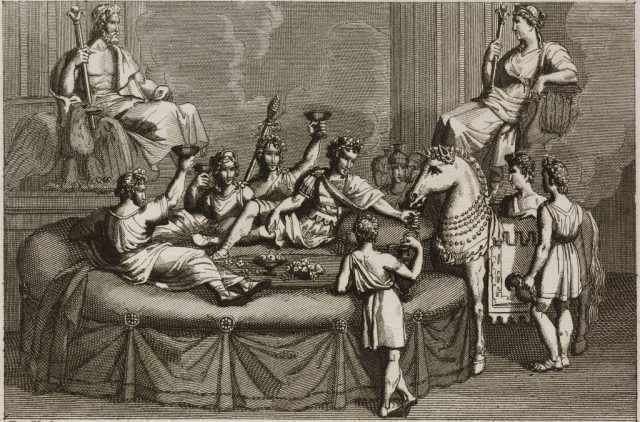
Caligula was inordinately fond of his horse which he named Incitatus, meaning ”œswift” or ”œfull gallop.” In his Lives of the Twelve Caesars, Suetonius wrote that the horse had an ivory manger, purple blankets (a color normally reserved for the emperor himself), a marble stable, and a collar of precious stones.
But legend has it that as well as making his horse a priest, Caligula also made Incitatus a senator and wanted to promote him to consul.
Lots of historical sources refer to the appointment of Incitatus as a senator, so we can be pretty sure it happened. But later scholars suggest that instead of being a mark of Caligula’s insanity, it might have been a satirical move on his part. Making his horse a priest and a senator might have been Caligula’s way of ridiculing the politicians by suggesting that a horse could carry out the same duties just as well (or as badly) as they could.
An air stewardess survived a plane crash from 33,300 feet, created a world record, and became a national hero

Vesna Vulović joined JAT, Yugoslavia’s largest airline, in 1971. The move was prompted after she saw one of her friends in a flight attendant uniform and thought how nice it would be to visit London once a month.
Vulović was put on JAT Flight 367 by mistake. Another stewardess named Vesna was supposed to be on this flight that was bound for Copenhagen, but Vulović didn’t mind since she’d never been to Denmark before and was excited to see it.
Flight 367 departed Copenhagen at 3:15 pm on January 26, 1972. Less than an hour later, an explosion in the baggage compartment ripped the plane apart, and the aircraft plummeted to the ground.
Out of 28 passengers and crew, Vulović was the only one to survive as the plane fell 10,160 meters (33,330 feet, or 6.31 miles). She was found in the wreckage by Bruno Honke, who’d been a medic in the war. He helped her until the ambulance arrived.
The bomb was believed to have been in a suitcase left on board by a passenger who boarded at Stockholm, got off when the plane stopped at Copenhagen, then didn’t re-board the flight. No one can be sure as no arrests were ever made.
Although Vulović was partly paralyzed, she went on to make a full recovery. She became a celebrity in Yugoslavia, and in 1985, the Guinness Book of World Records recognized her as the person to survive the highest fall without a parachute.
More from us: Odd Practices From The Victorian Era That Have Us Scratching Our Heads
Unable to remember the event that turned her into a national hero, she was happy to fly once more when she was recovered and even asked to be a stewardess again. The airline felt she would attract too much publicity as a stewardess, so they offered her a desk job instead. But she continued to fly regularly as a passenger, and when others on the plane realized who she was, they wanted to sit next to her and talk to her.
